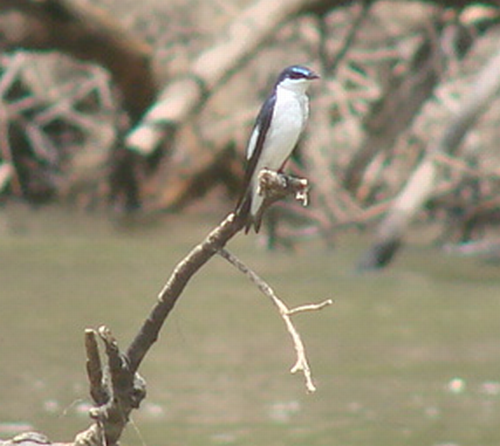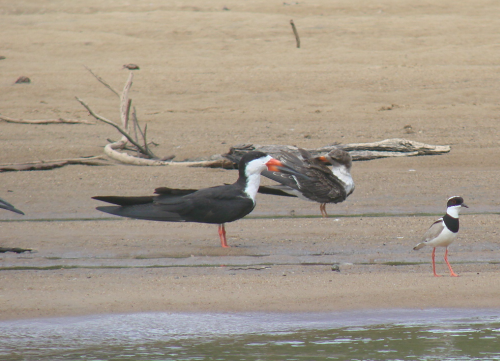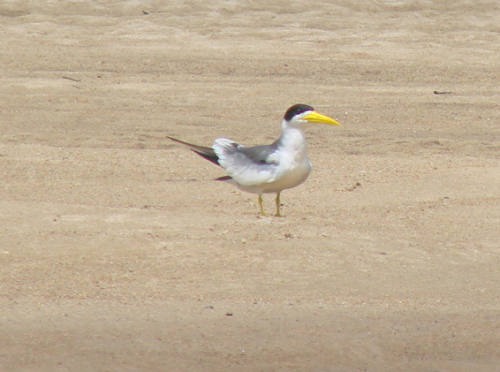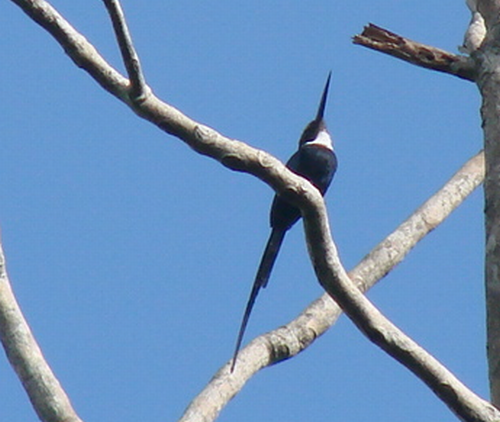Like so many other young readers of the last century, my imaginings of tropical grasslands were formed almost entirely by my readings of W.H. Hudson, whose Naturalist on the Rio Plata remains one of my favorite books. Hudson didn’t have a whole lot to say about birds (though the accounts of hunting Emus with bolos, are I suspect, still capturing the fantasies of elementary school boys around the world). But his experiences and encounters with the mammals of his adopted continent are classics.
A noon-time walk at Karanambu in November revealed large numbers of baked-clay pyramid sticking up from the sparsely grassed savannah floor: termites!
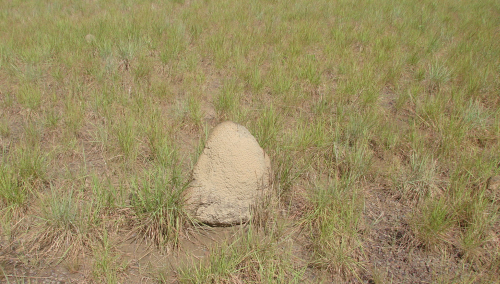
Hopes rose for the possibility of seeing one of my most-wanted mammals of all time, and the next morning the dream came true, when we jarred and jolted out in the ancient Land Rover to where a gaucho had discovered this amazing giant anteater.
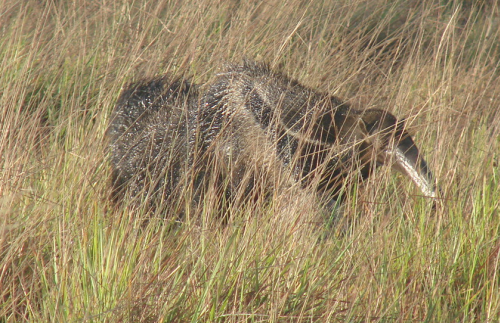
The great creature came quite close to the horse, and then to us, moving at a speed certainly evolved for defense and not for feeding; termites don’t move nearly that fast, I’m sure!


